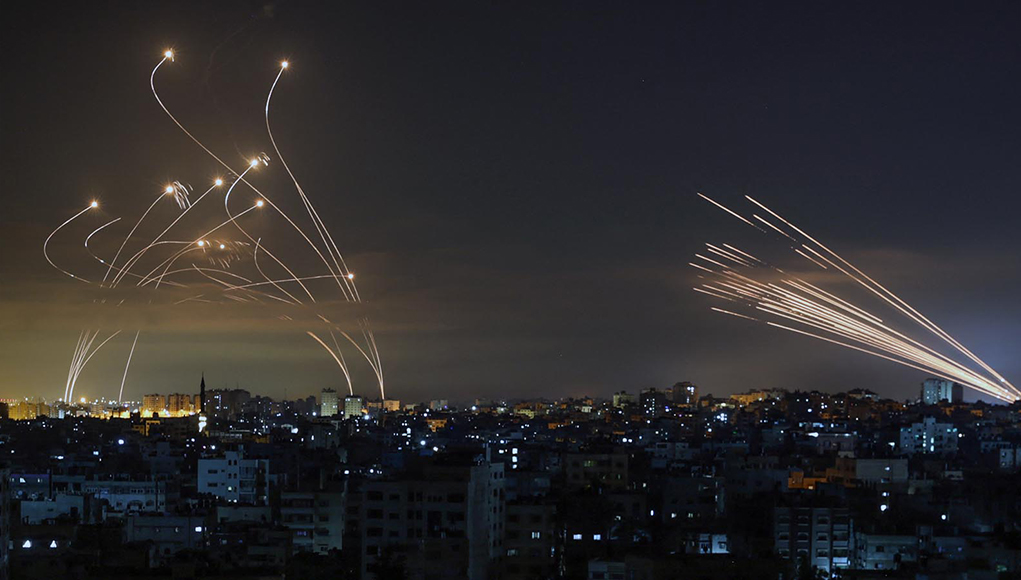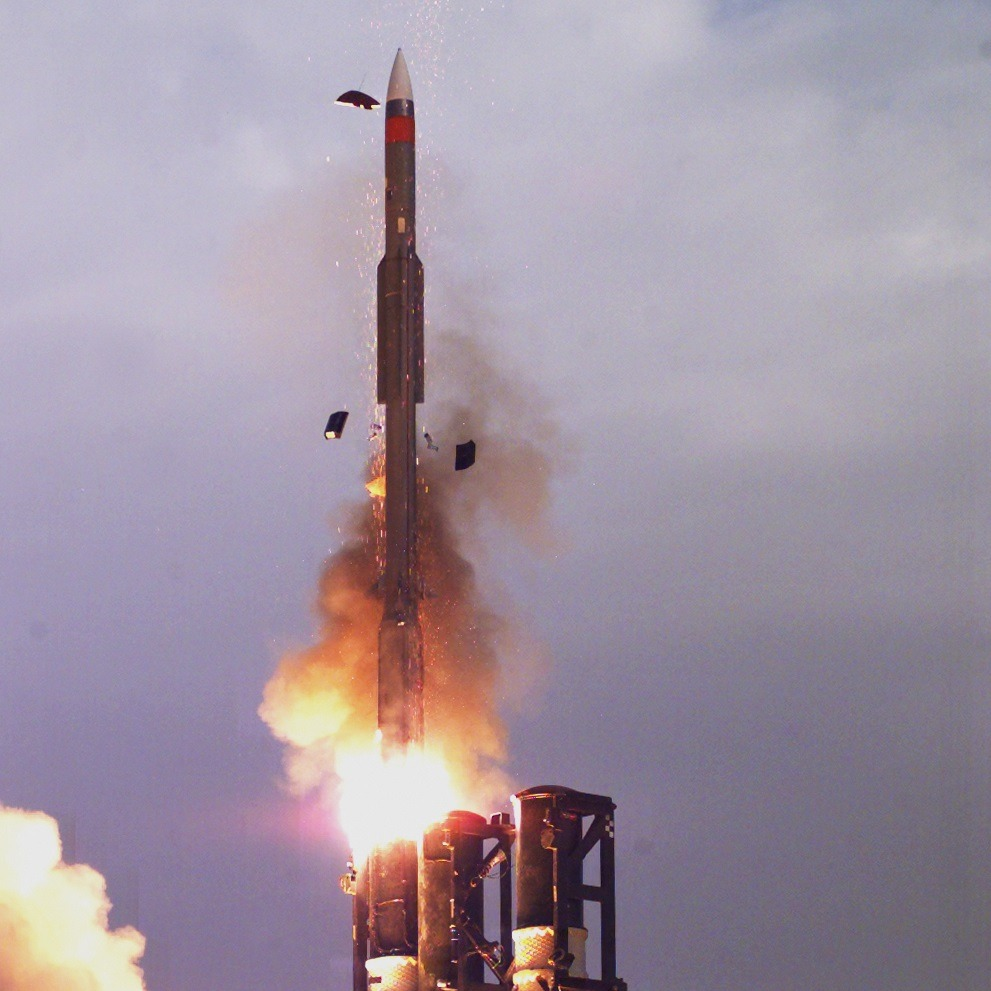The ongoing war between Russia and Ukraine demonstrates the strategic shift in air warfare from direct attacks by bombers to standoff attacks using missiles. The ground-based air defenses have yet to embrace this change.
Legacy air defenses were designed to defeat the weapon carriers – the bombers, strike fighters, and their highly trained aircrews. Unlike the air raids of WWII, flown by thousands of bombers, modern air forces have much fewer aircraft and even fewer bombers.
In the recent conflicts in Syria, Yemen, Nagorno-Karabakh, and Ukraine, the role of missiles has increased, with each conflict involving a larger share of missiles in standoff attacks. These missiles include loitering, cruise, tactical ballistic missiles (TBM), and hypersonic maneuvering. Ukraine has encountered all these threats in its War against Russia in 2022-2023.

The Proliferation of the Missile Threat
This threat is also relevant to many European nations, specifically the Baltic states of Estonia, Latvia, and Lithuania. These nations have modern energy, telecommunications, transportation, and commercial infrastructure. In the event of a direct Russian strike or an ambiguous terrorist missile attack, significant damage could be caused to the country’s infrastructure, disrupt commercial continuity, and expose the population to great danger. The assessment of such risks has urgently driven Estonia and Latvia to seek a modern, advanced air defense solution. As the front-line NATO member countries, both share a border with Russia. The optimal protection in both countries requires a national air defense system that will provide wide-area defense in several layers, including point defense of high-priority strategic sites, effective against the different threat vectors.
Each type of missile represents different challenges for air defenses. Loitering missiles are launched from the ground; they are small, slow, and have a small radar signature making them virtually invisible to radar. Their relatively low cost enables the enemy to use large numbers of such missiles to saturate the defenses. Cruise missiles are launched from ships, submarines, aircraft, and ground launchers. They are a great challenge, especially since they fly low above the surface to evade detection. The ground-launched TBM is much faster. Although they fly in a predictable trajectory, they challenge the defenses with high terminal velocity, and the use of decoys, while some of the new TBM also consist of a level of maneuverability to confuse defenders’ fire controls. The new air and sea-launched hypersonic missiles take these capabilities to a new level, further challenging air and missile defenses.
The TBM threat is proliferating fast. From Iran to Yemen, Saudi Arabia, the UAE, and most recently, Ukraine. According to official Ukraine sources, between February and November 2022, Russia launched over 800 tactical ballistic missiles in its attacks on Ukraine’s military, infrastructure, and population centers. They spent a large arsenal of their most advanced TBM – the 9K720 Iskander missile, striking targets from 500 kilometers. As the most devastating TBM in the Russian tactical arsenal, the Iskander poses the most challenging threat to air defense systems. It can carry a conventional or nuclear warhead and hit targets with high precision. The Russian attacks targeted strategic infrastructure such as the national energy generation systems and power grid, communications networks, military barracks, and air defense sites. The strategic goal behind those attacks was to cause a humanitarian crisis that would turn the population against the regime. This strategy was first implemented in Syria, almost eliminating the revolt that spanned over a decade. Russia considers its strategic attacks against Ukraine a success, and it is most likely that Moscow will use this strategy again if the conflict spills over to neighboring countries.

Air Defense Should Evolve Missile Defense Capabilities
Air defense against such threats is not trivial. It includes fighter planes carrying missiles and guns and ground-based air defense systems, including radars, fire control centers, and missile interceptors. Those systems are based on technologies developed in the 1990s. Ground-based systems were designed to protect specific targets and operate in independent units. Such systems address distinct layers of defense – short, medium, and long ranges. To extend coverage over a wide area, an integrated network of several units is used to protect a larger area. However, as the sensors, battle management, and interceptors of most such systems are not optimized for all those missions, this solution is not optimal. Moreover, fighter planes cannot engage TBM and are challenged by the slow, low-flying, loitering weapons.
Only a few countries have missile defense capabilities, such as the Israeli ARROW system and the USA THAAD system, as part of their multi-layered air defense systems.
Modern air defense systems are designed to provide nationwide air defense – implementing a distributed system of sensors, fire units based on ‘smart launchers,’ and battle management systems that can employ different interceptors for short, medium, and long-range. Some of them with interception capabilities even out to 150 km. The battle management system and fire controls should be based on open systems architecture, which means they should implement different algorithms to engage specific targets, such as aircraft, guided missiles, and TBM. Each type of target requires techniques that are unavailable with legacy systems. Radars suitable for those systems should also be modular, able to be enhanced to detect and track smaller targets and extend their coverage from medium to long range.
While national air defense systems are primarily designed to defend military forces, strategic sites, and infrastructure from military threats, they are also required to protect the population and safeguard the citizens. Air and missile defense systems are required to deliver the best capabilities at an affordable cost and are measured by the cost of coverage rather than intercept. To achieve this goal, systems should be flexible and agile and have the growth potential to evolve throughout their life cycle. Combat experience has demonstrated that air defenses should be able to adapt and change, to deliver effective defense against the threats of today and tomorrow.




















